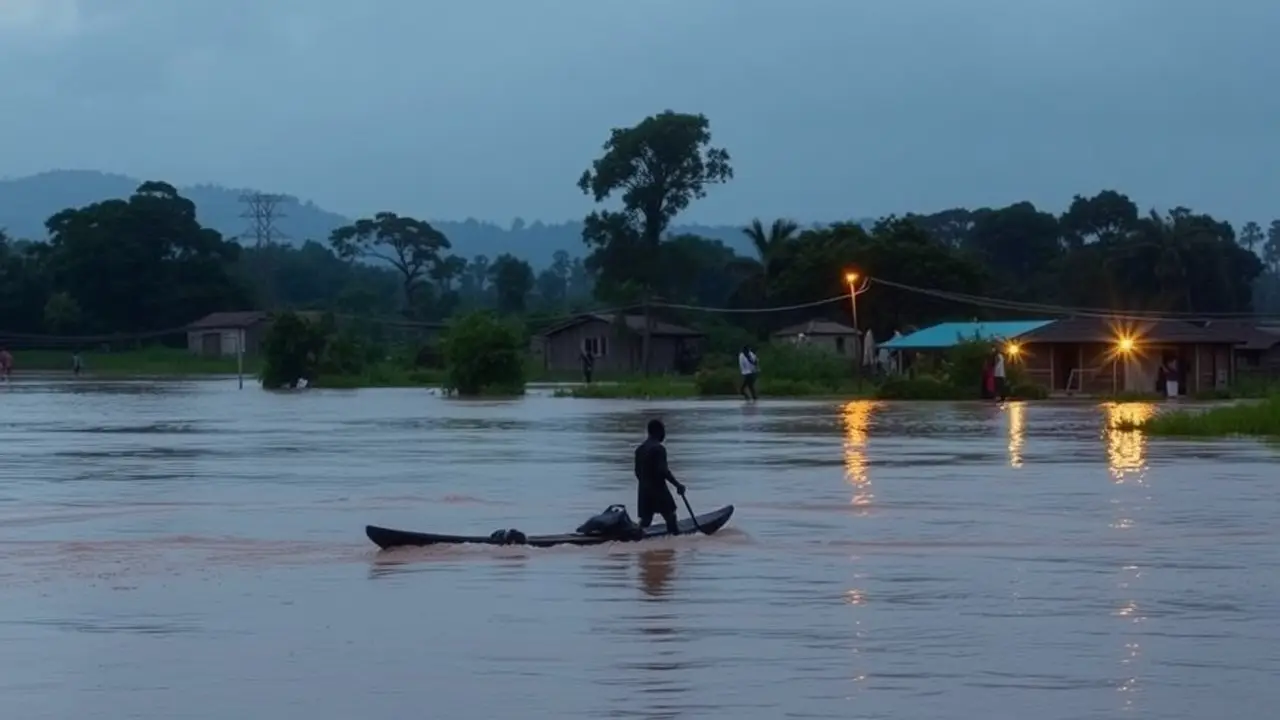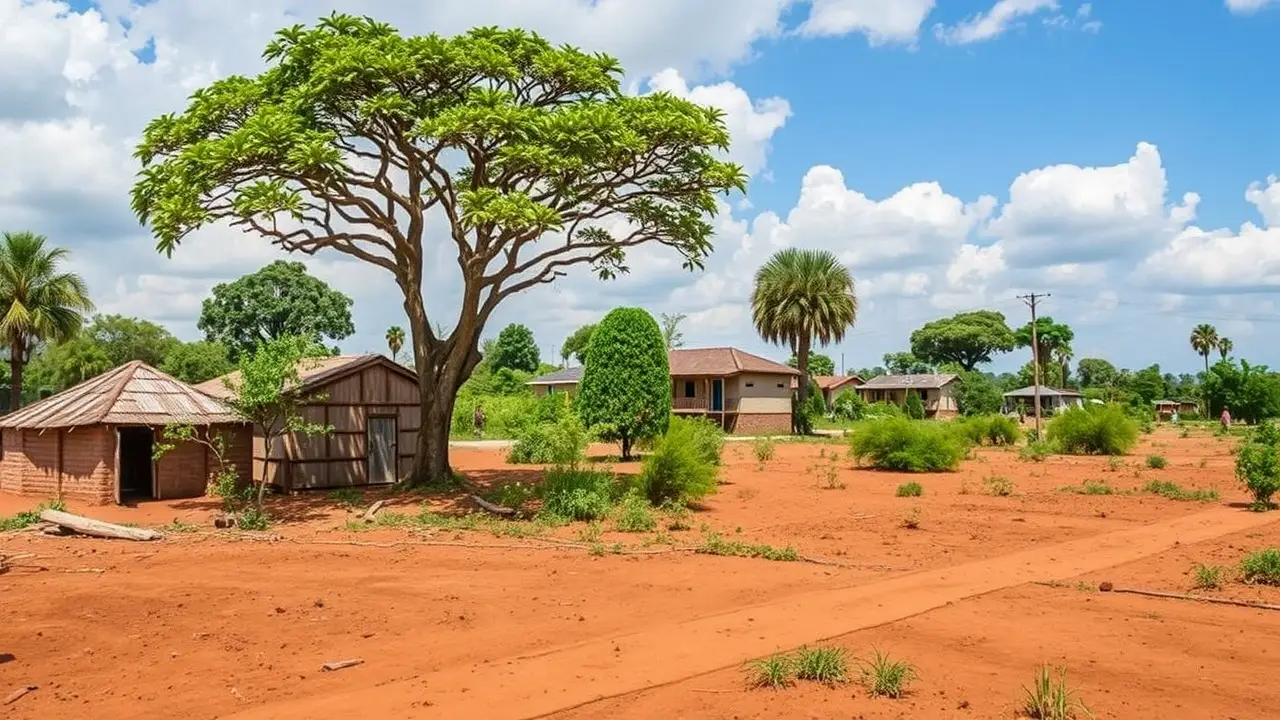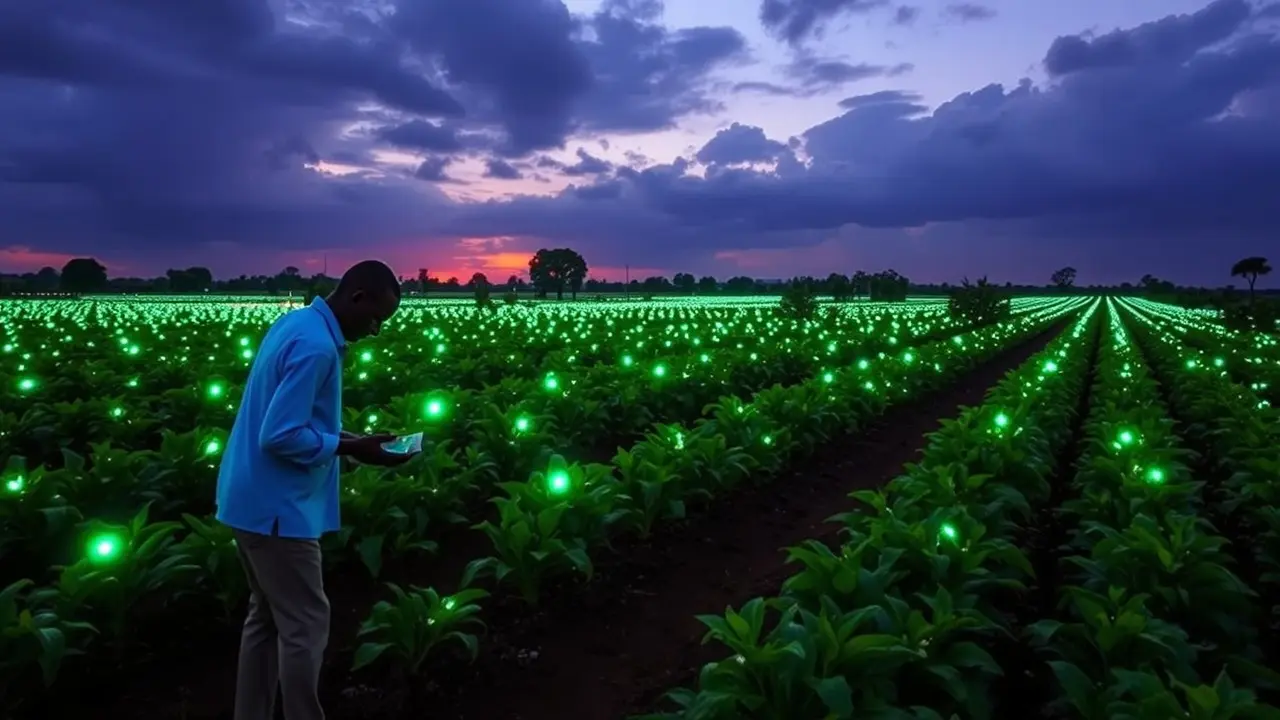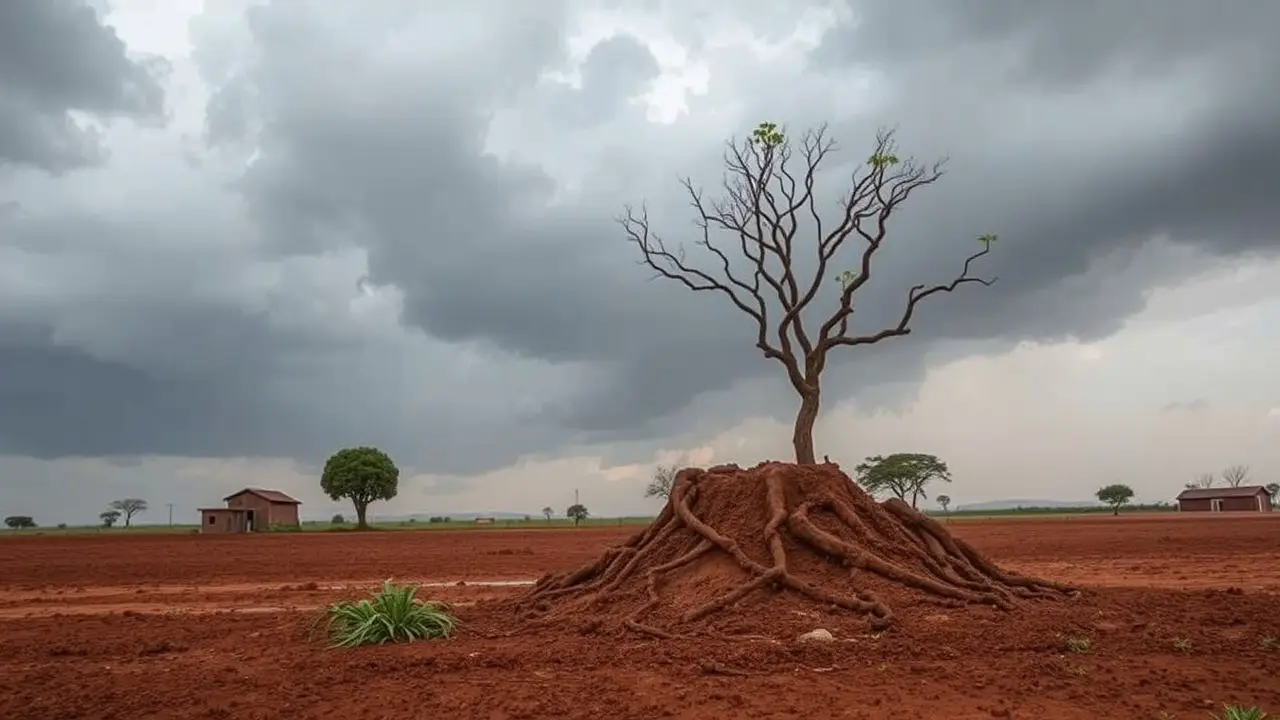Kenya faces growing climate challenges, with recent floods causing devastating impacts. These disasters highlight the urgent need for better preparation and response strategies.
Artificial intelligence (AI) offers promising solutions to help Kenya tackle climate-related crises more effectively.
AI can improve Kenya’s ability to forecast and respond to extreme weather events like floods. Advanced AI systems can provide more accurate predictions of severe weather, giving communities crucial early warnings.
This extra time allows people to evacuate and protect property before disaster strikes.
AI also helps assess flood risks and plan for future events. By analyzing data on rainfall patterns, land use, and infrastructure, AI models can identify vulnerable areas.
This information guides decisions on where to build flood defenses or relocate communities.
Kenya needs strong collaboration between organizations, experts, and schools to fully use AI for climate challenges.
With the right approach, AI could be a powerful tool for building Kenya’s climate resilience.
The Impact of Climate Change and Weather Patterns in Kenya
Kenya faces growing climate challenges, with shifting weather patterns causing more frequent floods and droughts. These changes affect agriculture, water resources, and communities across the country.
Assessing the Risk of Flooding and Drought

Kenya’s climate is becoming more extreme. Floods are hitting areas that rarely saw high water before. In 2023, heavy rains caused severe flooding in many parts of Kenya.
At the same time, droughts are getting worse. Some regions now go months without rain. This hurts farmers and livestock keepers.
The changing patterns make it hard to plan. Crops that worked well before may fail now. People living near rivers face new flood risks.
Scientists predict these problems will grow. By 2050, Kenya could see:
- 20% more rain in wet seasons
- 20% less rain in dry seasons
- More intense storms
The Influence of Deforestation on Kenya’s Climate
Trees play a big role in Kenya’s weather. But the country is losing forests fast. This makes climate problems worse.
Forests help in many ways:
- They soak up rain, reducing floods
- They release water slowly, easing droughts
- They cool the air and make rain
As trees vanish, these benefits are lost. The Mau Forest is a key example. It’s Kenya’s largest water tower, but it’s shrinking. This affects rivers, lakes, and millions of people.
Deforestation also adds to global warming. Trees store carbon dioxide. When cut, this gas escapes into the air.

Kenya aims to boost forest cover to 10% by 2025, up from 7.2% in 2015. This could help stabilize the climate. But it’s all just talks now.
Leveraging AI and Machine Learning for Disaster Preparedness
AI and machine learning offer powerful tools for Kenya to prepare for climate disasters. These technologies can improve flood forecasting and help manage agriculture and water resources more effectively.
Predictive Analytics in Flood Forecasting
AI-powered predictive analytics can greatly improve flood forecasting in Kenya.
Machine learning models can analyze large amounts of data from weather stations, satellites, and river sensors. These models can spot patterns humans might miss. They can predict flood risks days or even weeks in advance.
Early warning systems using AI can alert people in danger zones quickly. This gives them more time to prepare or evacuate.
AI can also help map flood-prone areas. This information aids city planners and emergency services in their preparedness efforts.
AI-Enhanced Agriculture and Water Management

AI helps Kenyan farmers adapt to changing climate conditions.
Smart irrigation systems use machine learning to decide when and how much to water crops.
These systems save water and improve crop yields. They take into account factors like soil moisture, weather forecasts, and plant health.
AI can also predict crop diseases and pest outbreaks. This allows farmers to take action early and reduce crop losses.
For water management, AI helps monitor water quality and detect leaks in supply systems.
It can optimize water distribution, ensuring fair access during droughts.
Machine learning models can also forecast long-term water availability. This aids in planning for future water needs and infrastructure development.
Government and Stakeholder Roles in Climate Disaster Mitigation
Kenya’s government and key stakeholders play vital roles in preparing for and responding to climate disasters. Their efforts should focus on early warning systems, disaster response planning, and community resilience initiatives.
National and County Government Initiatives
The Kenyan government takes a proactive stance in climate disaster mitigation. It has set up a national disaster operations center to coordinate responses to emergencies, including floods.
The Kenya Meteorological Department provides crucial weather forecasts and warnings. These help communities prepare for potential disasters.
County governments also play a key part:
- Creating local disaster management plans
- Running community awareness programs
- Coordinating with national agencies during emergencies
Some counties have started using AI to improve their flood prediction and response. This tech helps them make better choices about where to focus their efforts.
Collaboration between Organizations and Academia
The Kenya Red Cross works closely with both government and academic institutions. They team up to improve disaster preparedness and response.
Universities contribute valuable research on climate patterns and disaster management.
For example, some schools use AI to analyze satellite images. This helps track changes in land use that might increase flood risks.
Non-profit groups also play a big role:
- They help run community education programs
- They provide resources for disaster preparedness
- They often act as first responders during emergencies
These partnerships create a strong network for tackling climate disasters. They combine practical experience with cutting-edge research to protect Kenyan communities.
Infrastructure and Urban Planning for Climate Resilience
Kenya can build stronger cities and towns to handle floods and other climate problems. This means updating buildings, roads, and city plans to deal with extreme weather.
Adapting Infrastructure to Withstand Extreme Weather
Kenya needs to make its buildings and roads tougher. Green infrastructure like rain gardens can help manage extra water. Stronger building codes are key for new construction.
Existing structures need upgrades too. This includes:
- Raising buildings in flood-prone areas
- Adding waterproof materials to walls and floors
- Installing better drainage systems
Roads and bridges must be built to last. Engineers can use:
- More durable materials
- Improved drainage designs
- Regular maintenance schedules
These changes cost money upfront but save lives and money long-term.
Sustainable Urban Development in Flood-prone Regions
Smart city planning is crucial in areas that often flood. Kenya can learn from past disasters to build safer cities.
Key steps include:
- Mapping flood risks
- Creating buffer zones near rivers
- Designing parks that can absorb excess water
Urban planners should focus on permeable surfaces that soak up rain. This means fewer concrete areas and more green spaces.
Poor neighborhoods need special attention. Many informal settlements sit in high-risk zones. Moving these communities to safer ground is complex but important.
City officials can work with residents to:
- Improve drainage in existing settlements
- Create early warning systems
- Develop community evacuation plans
By mixing traditional knowledge with new tech, Kenya can create cities ready for future climate challenges.
Effective Communication and Disaster Response
AI chatbots can help Kenyans get vital info during emergencies. These tools work on smartphones, making them easy to use.
AI improves disaster communication by:
- Sending targeted alerts
- Answering common questions
- Guiding people to safety
AI also aids recovery efforts. It can:
- Map damaged areas quickly
- Track aid distribution
- Identify who needs help most
This tech helps Kenya meet its Sustainable Development Goals. It reduces disaster impacts and builds community resilience.

